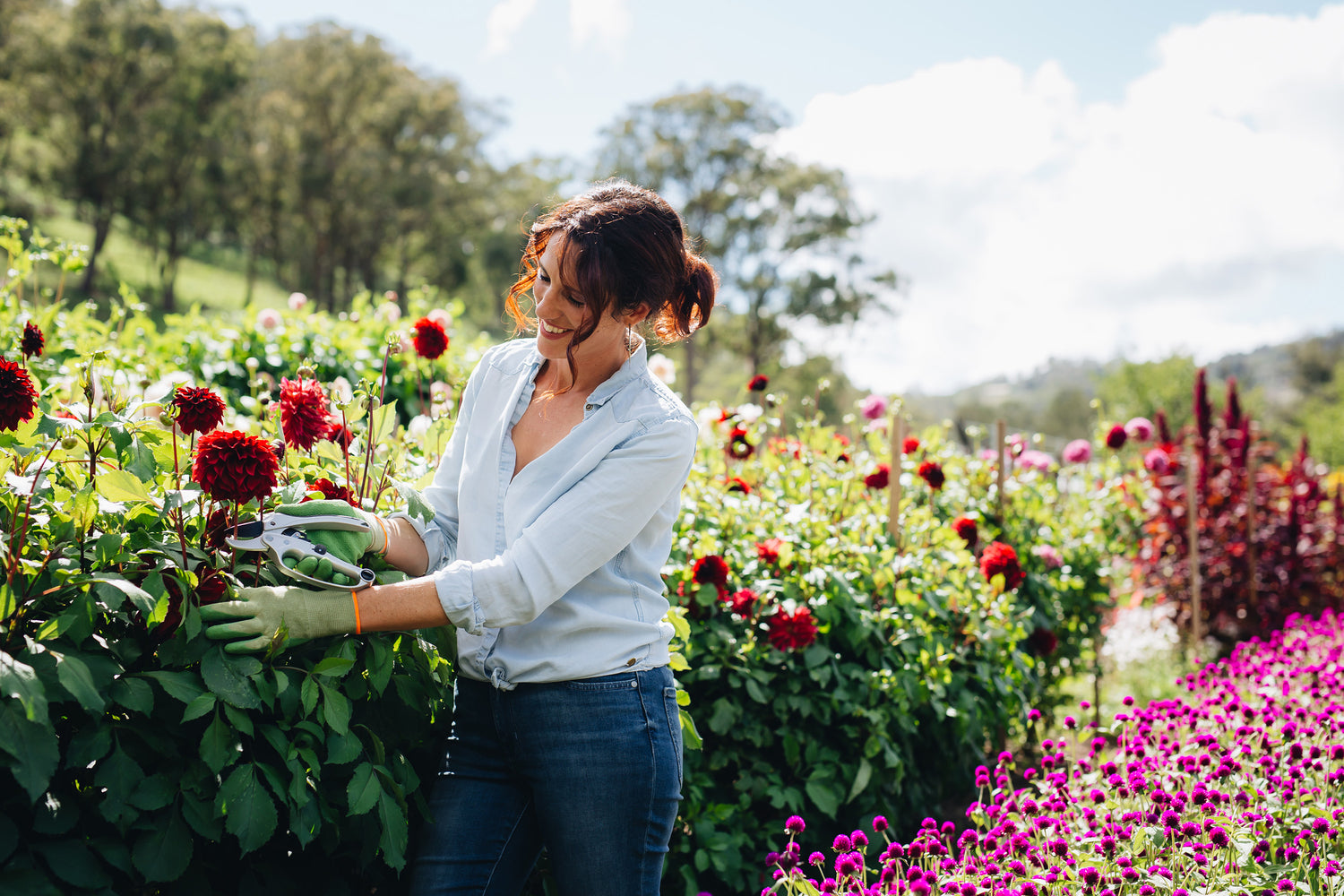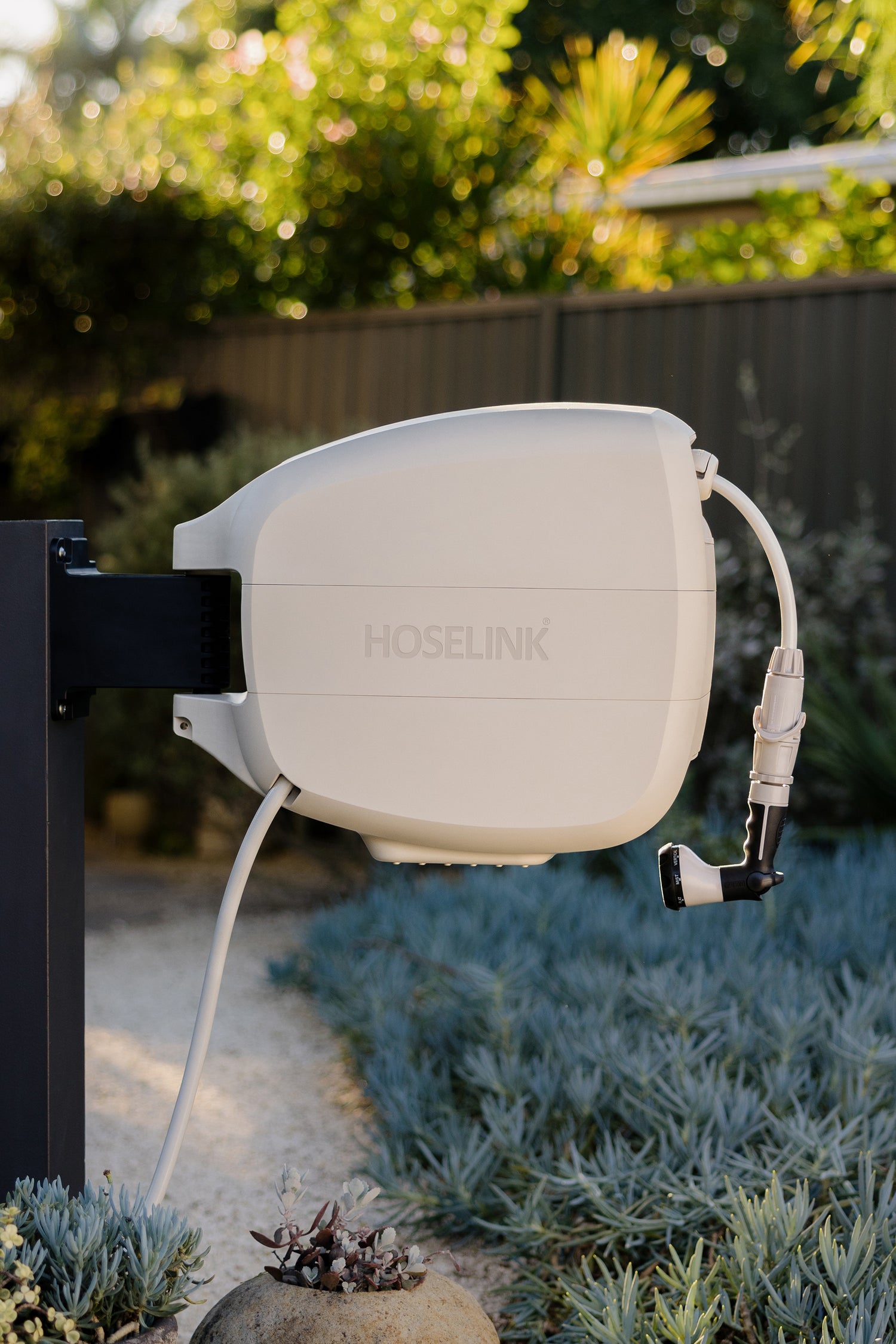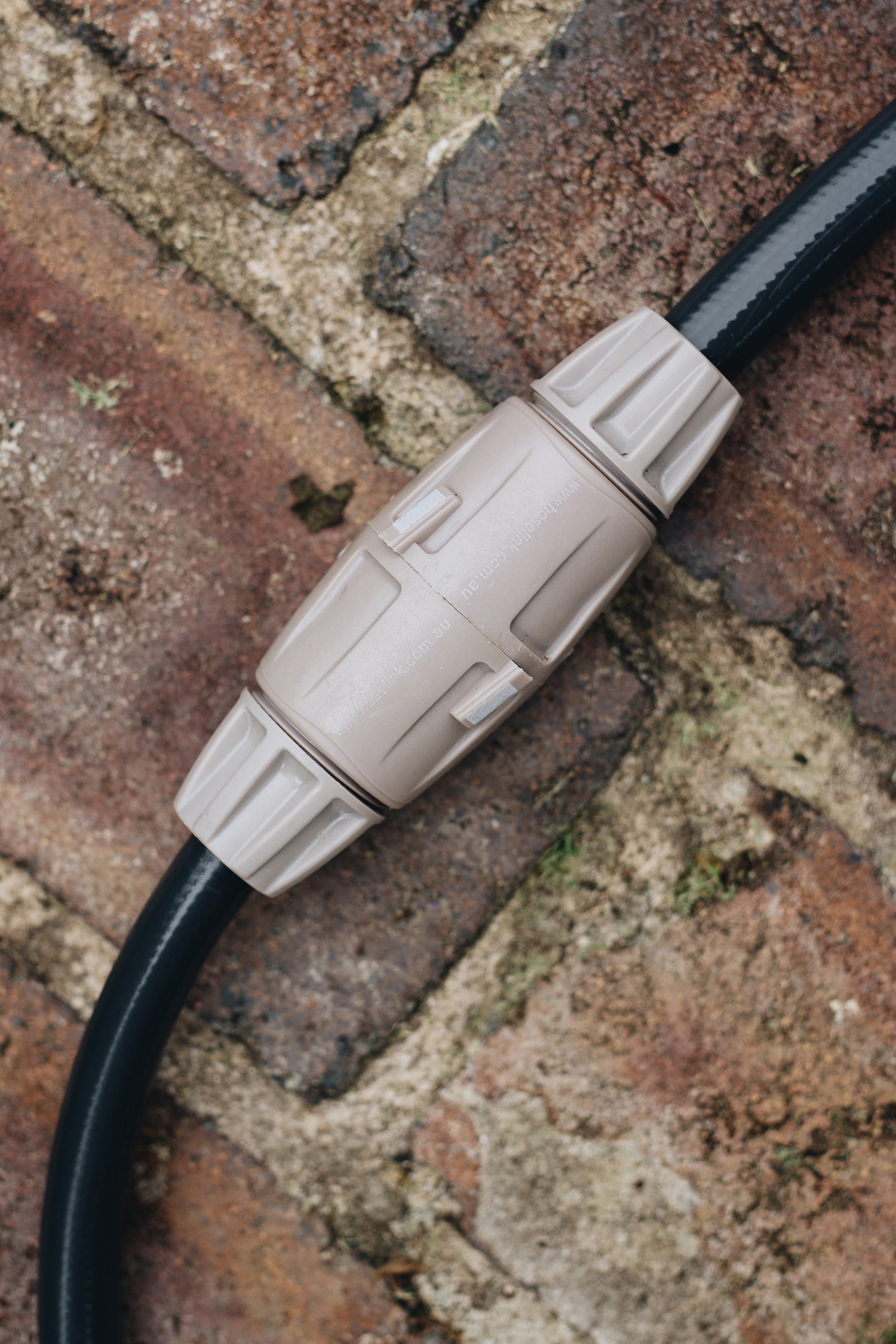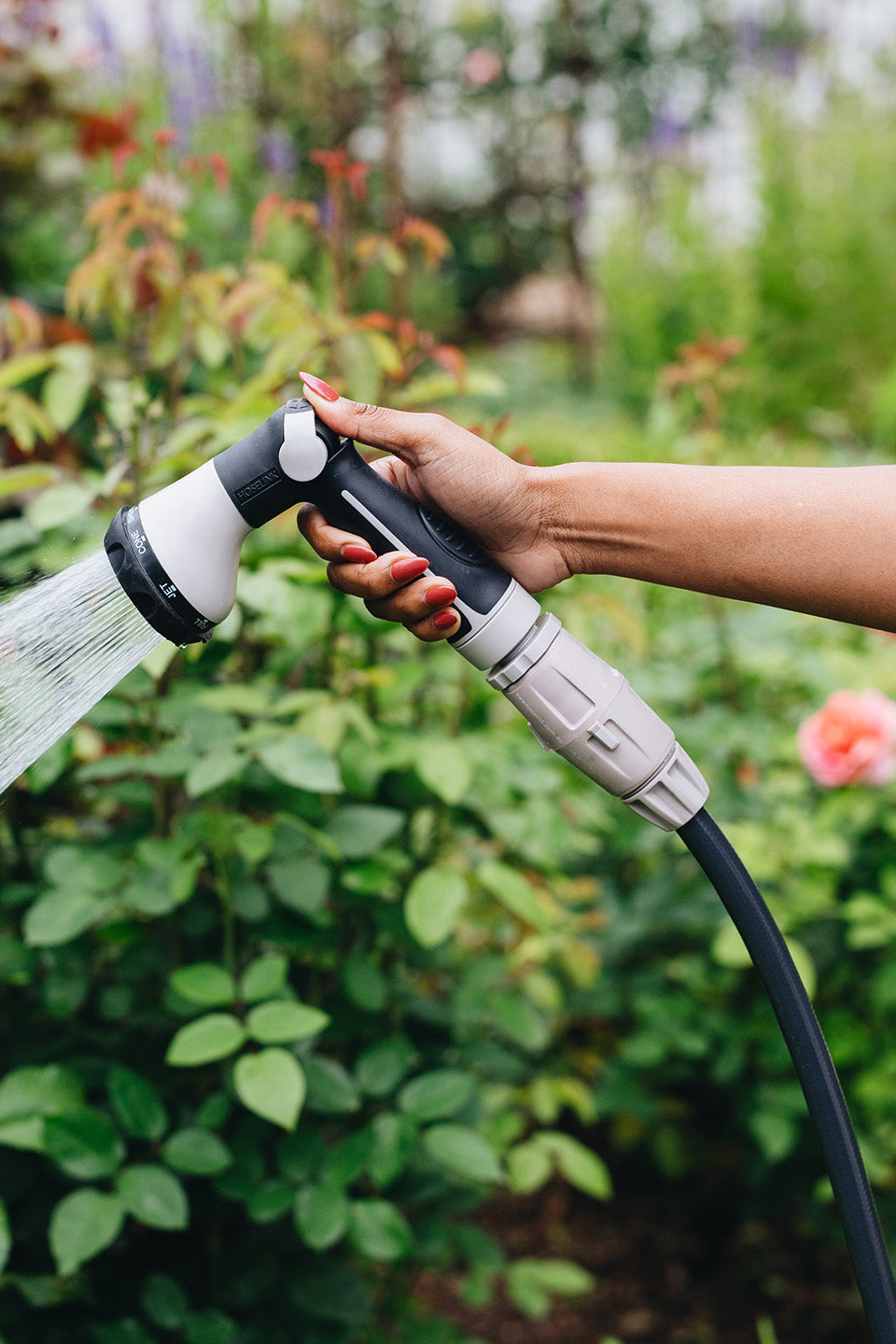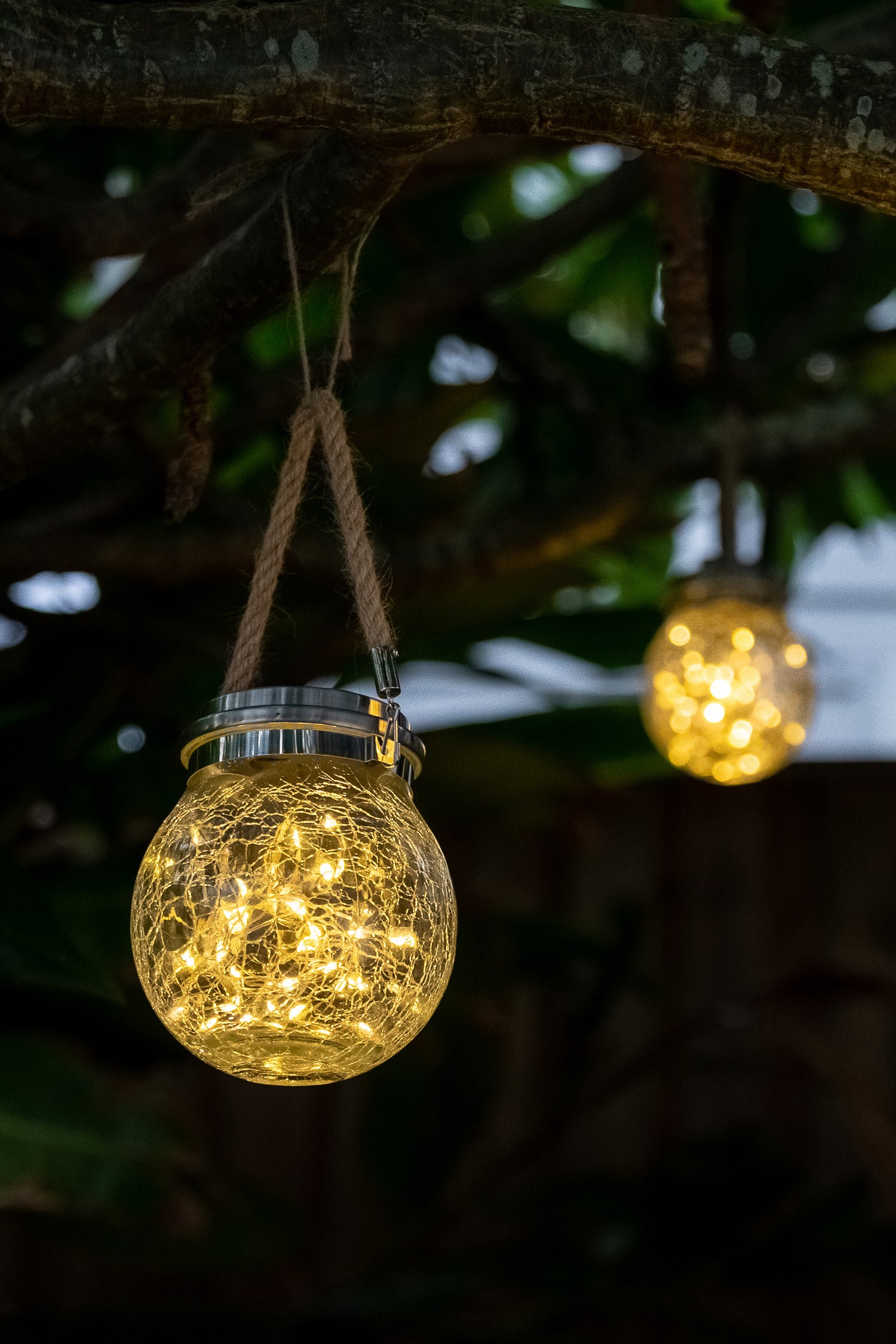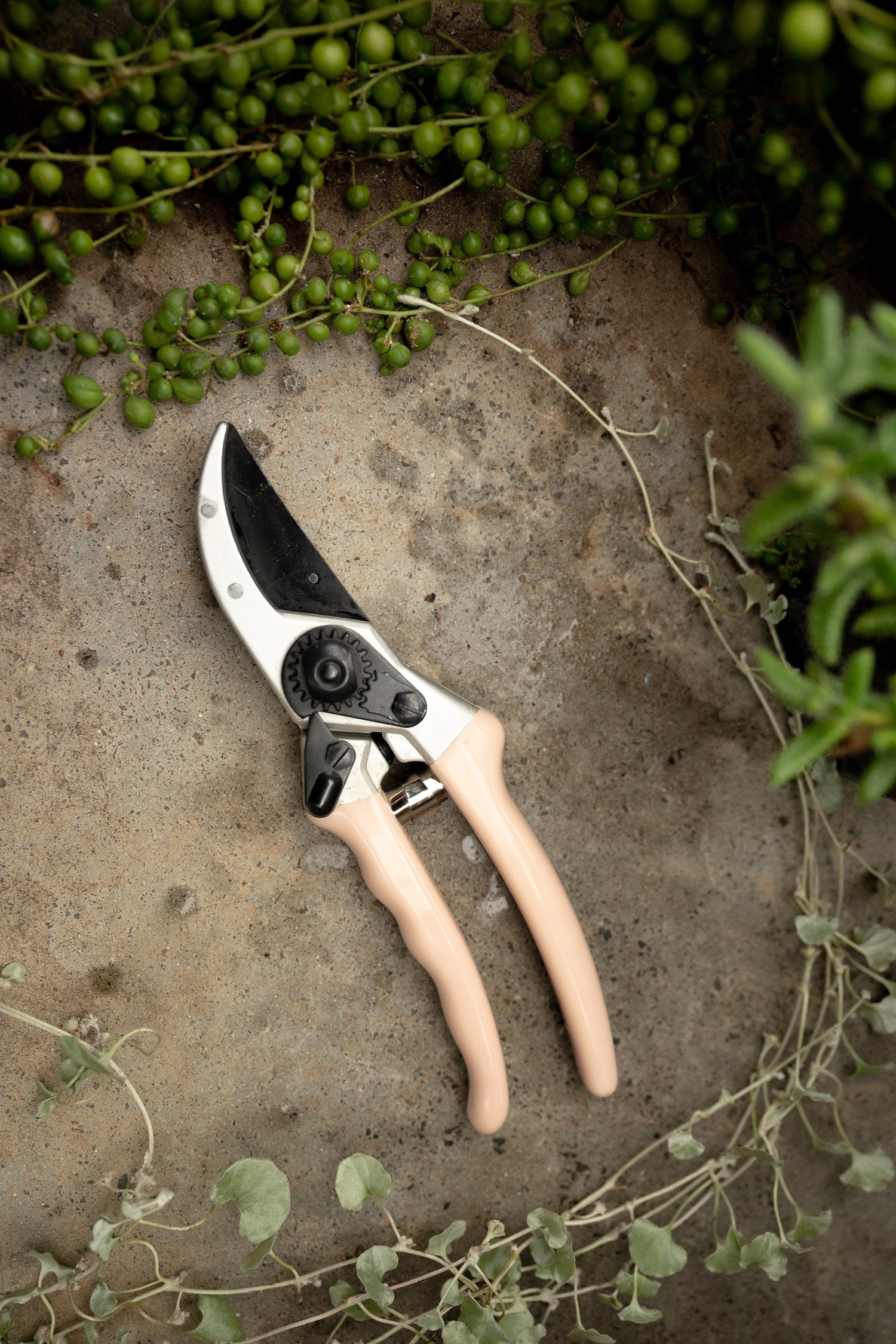Palm trees have long been a favourite feature in Australian gardens and homes – and it’s easy to see why. With their elegant fronds and effortless coastal charm, they add a relaxed, tropical feel to any setting, indoors or out.
What makes them even more appealing is their practicality. Many palm species are not only beautiful, but hardy, low-maintenance, and well-suited to Australian climates. Of course, getting the most out of your palm means choosing the right variety for you and understanding how to care for it.
That’s where we come in. In this guide, we’ll cover everything you need to know about palms – from finding the perfect fit for your home to essential planting tips and foolproof watering techniques.

Types of Palm Trees in Australia
The good news? Australia’s climate is ideal for growing a wide variety of palm trees. In fact, many of them wouldn’t be happier anywhere else. From bold statement pieces to line your driveway to petite palms that will thrive in a pot, here are some of the most popular types you’ll find in Australia:
-
Date Palm (Phoenix dactylifera): Best known for its slow-growing nature and sweet, edible fruit, the Date Palm is perfect for spacious gardens where it has plenty of room to spread out. With its majestic size and sharp leaf spines, this is not a palm for small gardens or tight spaces with a lot of foot traffic (unless you want to end up covered in scratches!). But if you’ve got the room and want something bold, exotic, and iconic, the Date Palm is hard to beat.
-
Fan Palm (Livistona species): With dramatic, fan-shaped fronds, this attractive palm will add bold texture and pleasing symmetry to any outdoor space. It’s incredibly hardy and adaptable – tolerant of wind, heat, and even light frost once established – making it an excellent all-rounder for gardens across most of Australia.
-
Areca Palm (Dypsis lutescens): The Areca Palm, also known as the Butterfly Palm or Golden Cane, is one of the most popular choices for indoor palms, thanks to its manageable size, pot-loving personality and air-purifying qualities. Mature plants can grow to a modest 1.8–2.5 metres indoors, with feathery fronds that create a lush, layered effect without taking over the room.
-
California Fan Palm (Washingtonia filifera): Be ready for a growth spurt with this one – it shoots up fast and tall. Native to the deserts of Southwest America, the California Fan Palm brings drama and scale with its towering trunk and fan-shaped leaves. Once fully grown, the shaggy skirt of old fronds gives it a wild, textured look that suits more naturalistic or Mediterranean-inspired gardens.
-
Alexander Palm (Archontophoenix alexandrae): Graceful and fast-growing with a smooth, slender trunk and elegant, arching fronds, the Alexander Palm delivers height without a wide canopy, making it a great choice for pots, patios and narrow courtyard spaces. It’s relatively easy to care for – just give it plenty of water and light, and then sit back and watch it flourish.
-
Kentia Palm (Howea forsteriana): Hardy, low-maintenance and native to Australia, the Kentia Palm is happy even in low light, which means it’s ideal for bringing a tropical touch to indoor spaces or sheltered garden corners. Its deep green fronds grow upright from a single trunk and fan out gently, creating a sophisticated, airy feel without overwhelming the space.
Understanding the growth habits and space requirements of your chosen palm is key to helping it thrive without outgrowing its new home. The last thing you want is a towering tree in your living room or a weedy, underwhelming palm destined to get lost in your generous garden. So before making any moves, consider the size of your space and the size your palm will eventually grow to – although be warned, that could take some time.

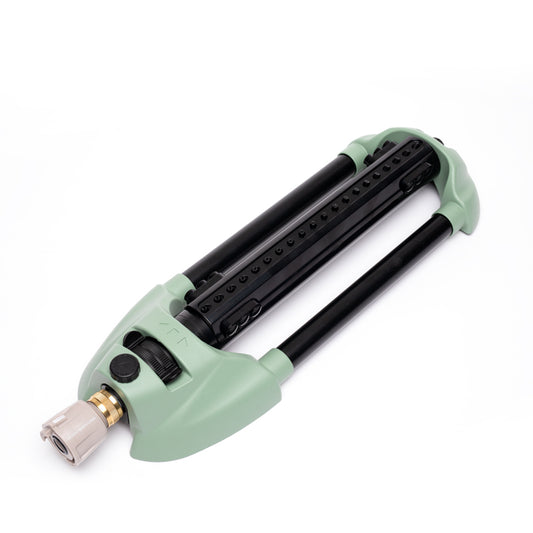
How Do I Know What Kind of Palm Tree I Have?
With so many different palm species, it’s sometimes tricky to figure out which one you have. Generally, palms fall into two main categories:
- Fan palms: As the name suggests, these palms (like the California Fan Palm) have large, fan-shaped leaves that spread out from a single point.
- Feather palms: These palms, like the Date Palm and Areca Palm, have fronds that resemble feathers, with long, arching leaves that create an elegant appearance.
To identify your palm, look closely at the shape and texture of the leaves. If you’re lucky, it might also have fruit or flowers, which can be great clues—especially for fruit-bearing palms like the Date Palm.
How Long Do Palm Trees Take to Grow?
Generally, most palms take 5 to 10 years to grow to a substantial size, but growth rates vary depending on the species, growing conditions, and care. Some fast-growing palms can grow up to 1 metre or more per year under ideal conditions. On the other hand, slow growers may take at least several years to reach maturity.
For example, if you’re thinking of growing a Date Palm, get ready to be in it for the long haul. Date Palms only start producing fruit after 4-8 years, and only reach maturity at around 15-20 years. If you ask us, it’s well worth the wait – Date Palms make a stunning addition to larger gardens with their tall trunks and arching fronds. But patience is definitely key.
How Old Do Palm Trees Get?
Palm trees are famous for their incredible lifespan, and many species can live for decades, or even centuries. After a slow start, Date Palms can live for over 100 years, while Fan Palms have been known to thrive for 40-70 years. So if you’re looking for a long-term companion for your garden or home, you can count on a palm to deliver breathtaking natural beauty that lasts for generations.
Our Top 4 “How Tos” for Palm Trees
How to… Tell What Kind of Palm Tree You Have
With so many different species available, it’s sometimes tricky to figure out which palm you have – and therefore how best to care for it.
To identify yours, start with the fronds, looking closely at the shape and texture of the leaves. This is one of the simplest ways to divide palms into two broad categories.
-
Fan palms: As the name suggests, these palms, like the California Fan Palm, have large, fan-shaped leaves that spread out from a single point.
-
Feather palms: These palms, like the Date Palm and Areca Palm, have fronds that resemble feathers, with long, arching leaves that create an elegant appearance.
Next, take note of the trunk – is it smooth, ringed, textured, or multi-stemmed? Some palms grow as single, tall trunks (like the Alexander Palm), while others form clumps (like the Areca Palm).
What else? Size, growth habit, and even the colour of the fronds can offer up helpful clues. For example, Areca Palms have golden stems and bushy fronds, while Kentia Palms are darker and more upright. If you're lucky, you might spot flowers or fruit – especially helpful for identifying varieties like the Date Palm.
If you're still unsure, try taking clear photos of your palm (fronds, trunk, and full plant) and use a plant identification app or check with your local nursery or garden centre, who should be more than happy to help.

How to… Grow a Palm Tree at Home
Growing Outdoors:
-
Choose the right spot: Palms love well-draining soil and lots of sunshine. Pick a sheltered spot to protect them from strong winds, which can damage their delicate fronds.
-
Planting: Dig a hole twice as wide as the palm’s root ball, but no deeper than the existing depth. Place the palm gently in the hole, fill with soil, and water thoroughly to help it settle in.
-
Watering: Palms like consistently moist soil but hate soggy roots. With its Comfort 8-Pattern Flow Control Sprayer, Hoselink's Retractable Hose Reel makes watering easy and accurate, so your palm gets exactly what it needs.
-
Fertilising & mulching: Use a good quality palm fertiliser to boost healthy growth, and mulch around the base to help keep the moisture in.
Growing in Pots:
If space is limited or you prefer to keep your palm indoors, many varieties (like the Areca Palm) are perfectly at home in a large pot.
-
Choose the right pot: Picking a pot with good drainage is key to avoiding root rot.
-
Soil: Use a well-draining potting mix, ideally with some sand added for extra drainage.
-
Location: Place your potted palm in a bright spot with indirect sunlight.
Watering: Keep the soil consistently moist, but never soggy.


Solar Garden Spotlight | 3 Adjustable Heads | Warm White | ACCENT
How to Dig Up a Palm Tree for Transplant
Need to move your palm to a better spot? Don’t worry—it’s possible to transplant your palm with a little care.
- Prepare the New Site: Dig a hole wide enough to fit the palm’s root ball.
- Digging Up the Palm: Start by digging around the palm, leaving about 30-50 cm of the root ball intact. Take care not to damage the roots.
- Replanting: Place the palm in its new home, fill the hole with soil, and water it thoroughly to help the roots settle.
- Aftercare: Palm trees can take a while to adjust after being moved, so keep watering regularly. Avoid fertilizing until the palm shows signs of new growth.

How to… Transplant Your Palm
Need to move your palm to a new spot? With a little care, transplanting your palm isn’t nearly as scary as it sounds.
-
Prepare the new site: Dig a hole wide enough to comfortably fit the palm’s root ball.
-
Digging up the palm: Carefully dig around the palm, leaving about 30-50 cm of the root ball intact. Take care not to damage the roots.
-
Replanting: Place the palm in its new home, fill the hole with soil and water thoroughly to help the roots settle in.
Aftercare: Transplanted palm trees can take a while to adjust, so keep watering regularly, but hold off on fertilising until you see fresh new growth.

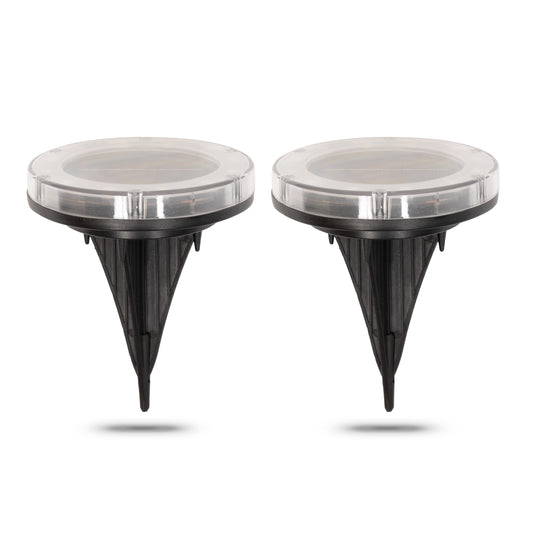
How to… Incorporate Palms into Your Space
Palm trees are incredibly versatile and can elevate the look of both indoor and outdoor areas with ease. Whether you’re aiming for an exotic vibe or a modern, minimalist look, here are a few ways palms can fit seamlessly into your space.
-
Outdoors: Large palms like the Fan Palm or Date Palm are perfect for framing pools, lining walkways, or adding structure to garden beds, because their striking fronds create visual impact up above, while their tall trunks leave space underneath.
-
Indoors: Smaller palms such as the Areca Palm are well-suited to indoor living because they stay compact, adapt well to pots, and thrive in bright, indirect light. Some even have natural air-purifying properties, making your home feel fresher and more relaxing.
So… Palm Trees, Yes or No?
It’s a resounding yes from us. Palm trees are a timeless addition to any home or garden, offering year-round impact, generous shade, and even bearing fruit after a few years. They’re surprisingly low-maintenance yet ultra-rewarding, and as long as you choose the right variety, they’ll happily slot into your indoor or outdoor space with minimum fuss.
With spring and early summer being the perfect time to plant, if you’re in the market for a palm tree of your own, now’s the perfect time to go for it.



